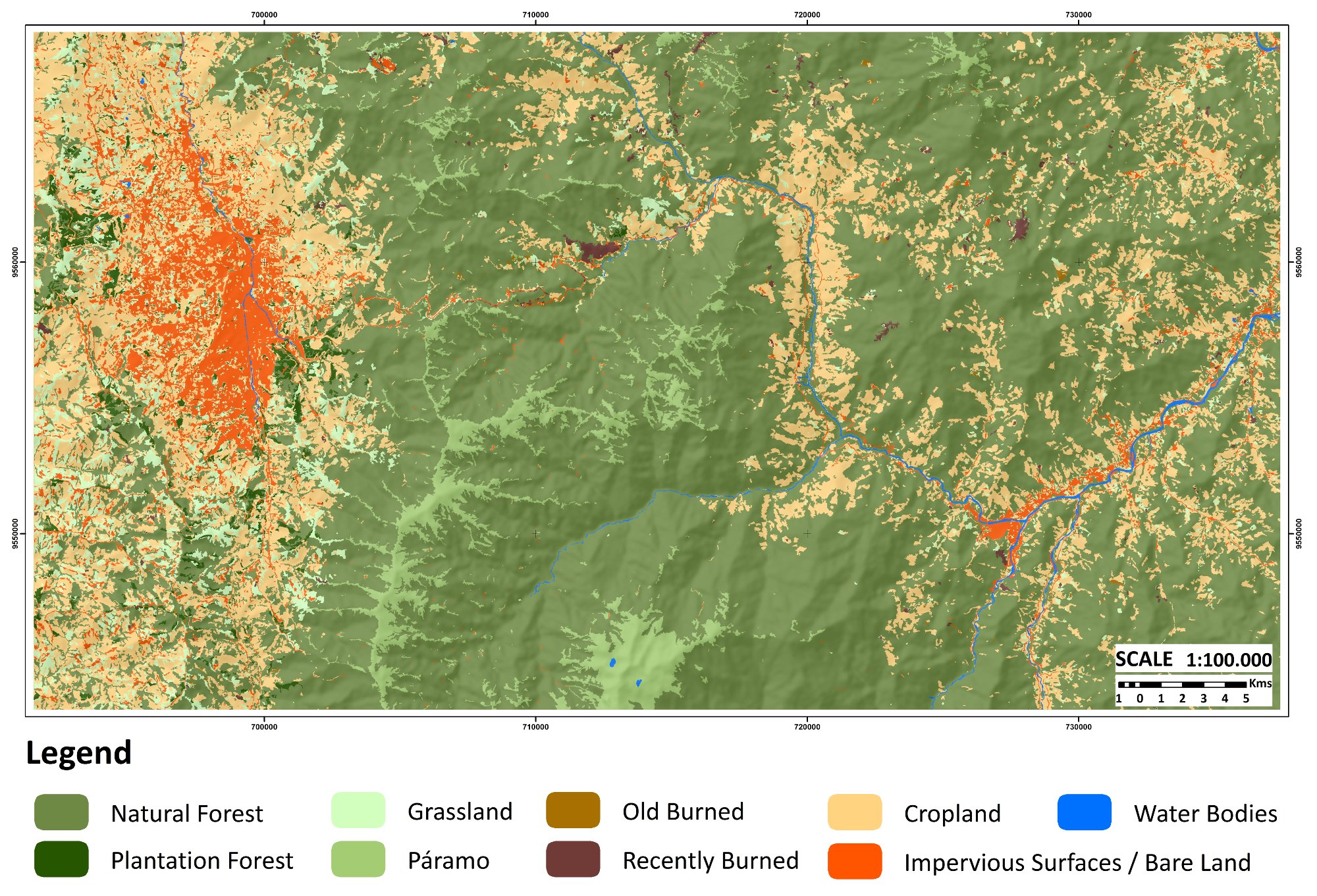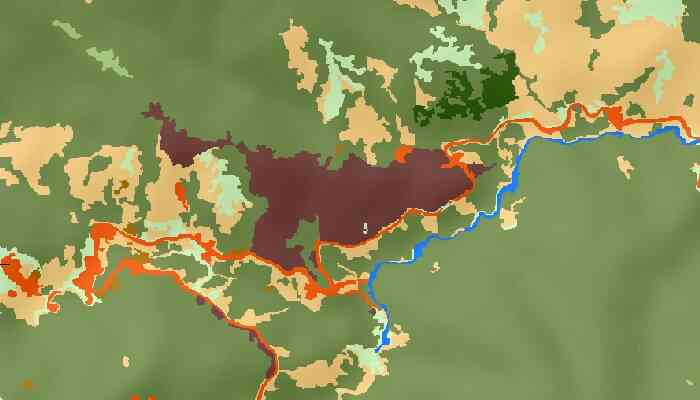Mapping Forest Burned Areas in Southern Ecuador Using RapidEye Imagery and Object-Based Classification
Fires are among the most significant hazards threatening tropical forests in South America. Research indicates that the primary drivers of these fires are population growth, increased demand for food and energy, logging, road construction, and agricultural expansion. The drivers identified in southern Ecuador align closely with those observed across the broader South American context. Ecuador’s economy depends heavily on the sustainable exploitation of natural resources. To convert primary forests into agricultural land, farmers extensively use fire. Effective fire regulation and control require skilled human resources, firefighting infrastructure, and adequate funding.

Access to reliable information is essential for fire analysis, enabling informed management decisions and actions. Southern Ecuador faces a critical lack of fire-related data, which is urgently needed for effective land management. Against this backdrop, this study focuses on testing the quality of RapidEye imagery for mapping forest burned areas. Mono-temporal RapidEye imagery was analyzed in an object-based classification environment. Burned areas were detected and classified according to land use and land cover, introducing a novel classification approach to identify the timing of burns and distinguish forest burned areas using a single mono-temporal image.
The results demonstrated the high suitability of RapidEye imagery for mapping burned areas, achieving an overall accuracy of 99.1%. Furthermore, the study differentiated between old and recently burned areas by analyzing vegetation cover and charcoal deposition. Object-Based Image Analysis (OBIA) proved to be a powerful tool for detecting forest burned areas using mono-temporal data.
The findings of this research were published in the journal AFZ Der Wald: Corti Meneses N, Kindu M, Schneider T (2017): Brandflächen in Ecuadors Tropenwald per Satellit erfassen. AFZ Der Wald, 19, 25–29.
